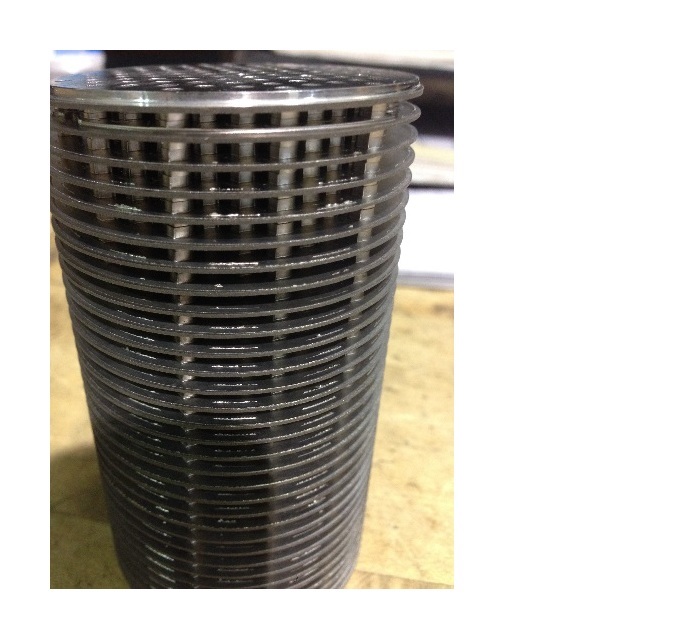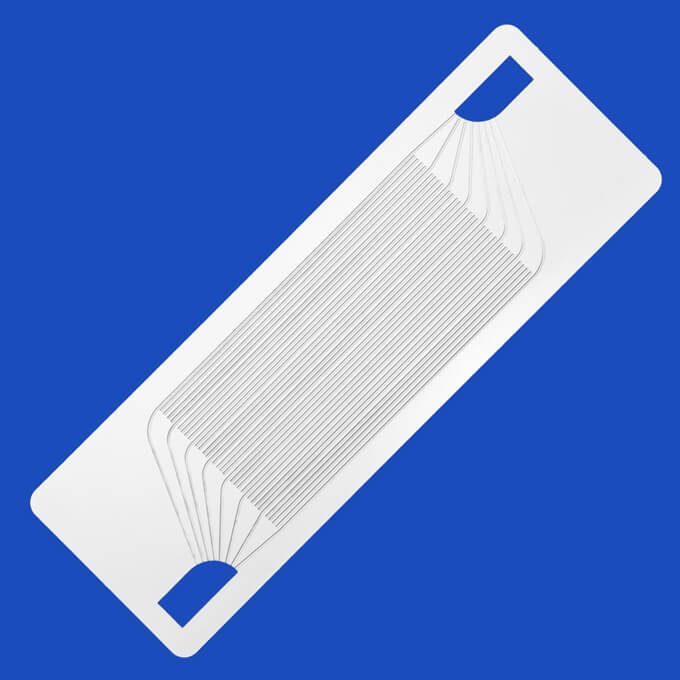Microchannels and diffusion bonding manufacturing
These processing methods have influenced a number of industries. So, microchannels are primarily used in biomedical devices and microfluidic applications. Diffusion bonding involves the creation of intricate parts for aerospace, electronics, and nuclear industries. Some of the Asian manufacturers including Stollpche serving these industries are known for diffusion bonding capabilities and microchannel flow plates.
Microchannels Manufacturing
Microfluidic technology has played an important role in the advancement of flow sensors, micromixers, and heat sinks for chip cooling. In addition, microchannels are an essential part of microflow devices. In addition to connecting various devices, various industrial applications, biochemical technologies, genetics, and physics use microchannels. Fabrication of microchannels is an important aspect of the development of microfluidic devices.
They are also excellent and fast equipment for heating, cooling, and heat recovery. Leading manufacturers Stollpche and other Asian giants like Zhuolida are actively manufacturing microchannel plates. Basically, microchannels are created on polymeric, glass, silicon and other metallic substrates. Whereas biochemical and medical devices use polymeric and glass substrates, electronics, and mechanical-engineering-related applications require metallic and silicon substrates.
As discussed earlier, the plate heat exchanger is the main accessory on the main cooling machine. Microchannel plate also integrates corrugated metal plates. It is also called flow channel plates and heat exchange grooved plates. The plate carries four corner holes for the two liquids for heat transfer to guide the fluid. The shape, size, and structures of microchannels vary depending upon the kinds of applications.
The Etching Process in Microchannels Flow Plates:
It involves
- opening
- cleaning the plate
- coating
- drying
- exposure
- development
- drying
- etching
- release
- detection and packaging
- finished product
Microchannel flow plate material has a thickness of 0.02 mm – 2.0mm. Moreover, microchannels and diffusion bonding manufacturing by Asian manufacturers including Stollpche and Zhoulda serve many industries in Asia. Their products have extensive usage in metallurgy, chemical, electrical, petroleum, textile, and papermaking industries.
Diffusion Bonding Manufacturing
Diffusion bonding is a metallurgical joining technique to join similar and dissimilar materials under high pressure and controlled temperature. In addition, a classic commercial diffusion bonding furnace is a vacuum furnace to apply pressure to the joining metals. The pressure along with heat cause the atoms of joining metals to diffuse and form a strong bond. Diffusion bonding does not require the use of filler alloy. That makes this bonding technique unique. At Stollpche, copper and stainless steel are joined to form intricate products in world-class diffusion bonding equipment. The other materials that are joined at Stollpche in microchannels and diffusion bonding manufacturing are ceramics and anti-corrosion substrates like aluminum. The leading diffusion bonding manufacturers in Asia have the potential capabilities to join Titanium and Iron-Nickel alloys.
Industries like aerospace, military, and nuclear require highly reliable parts. The ideal process to produce intricate shapes for these customers is diffusion bonding. The similar metals for joining in such industries are stainless steel, nickel superalloys, ceramic, glass, and aluminum. The dissimilar metals for joining through diffusion bonding are steel/copper and Titanium and Iron-Nickle alloys.
Process Parameters and Material Microstructure Largely Influence Diffusion Bonding
Diffusion bonding process has an important influence on the design and manufacture of workpieces. Moreover, the bonding conditions are the key process parameters in diffusion bonding. These also include the roughness of the bonding surface, the bonding time, bonding temperature, and bonding time.
Main Stages in Diffusion Bonding Manufacturing
Diffusion bonding methods are gas pressure bonding, vacuum fusion bonding, and eutectic bonding. Modern manufacturers in Asia such as Stollpche follow vacuum fusion bonding. Check it out!
Vacuum diffusion bonding at another Asian manufacturer even doesn’t involve plastic deformation and still joins similar and dissimilar metallurgical metals.
The core diffusion bonding technology uses three stages for diffusion bonding.
In the first stage, initial plastic deformation takes place. This stage is also all about achieving an intimate metal to metal contact. At this stage, under high temperature and pressure, the micro protrusions of rough surface materials get into an intimate contact.
In addition, in a high-vacuum atmosphere, the pressure relieves the void occurring due to different surface topographies. It is pertinent to mention that pressure and temperature play a key role as process parameters in diffusion bonding. Usually diffusion bonding requires the pressure ranging from 350 to 700 kg/cm2. Therefore, selecting of bonding temperature, loading and surface treatment are important for an optimized interface contact.
The second stage involves diffusion and grain growth to accomplish bonding and eliminate any interface formed in the first stage. So, the interfacial atoms mutually diffuse and migrate from high concentration to low concentration. In addition to moderate heating temperature, the application of pressure increases the bonding process. The atoms in this stage are in a high activation phase under bonding temperature. So, the lattice distortions created due to deformation of the joining surface lead the atomic diffusion coefficient greatly increased. In the same stage, with recrystallization, stronger metallurgical bonding is possible as it leads to shrinkage and disappearance of interfacial pores.
In the third and final stage, atoms continue to diffuse until finally, the original interface and holes are vanquished completely.Thus, time is of the essence in this stage. It is an important process parameter that greatly influences the diffusion bonding. An adequate time is required for diffusion to take place. As a result, an amazingly metallurgical bonding takes place and the final product exhibits strength.
Summary
The unique nature of microchannels and diffusion bonding manufacturing lead to creation of high-quality products, clean without porosity. Vacco is capable to bond titanium without deformation and residual stress in its in-house vacuum furnace. At the same time, Stollpche Home - Channel Flow Plate - Products - Channel Flow Plate (stollpche.com) brings about the best microchannels flow plates and copper/ steel bonded parts.
In addition, their experts are highly capable of understanding material microstructure and process parameter variables to manufacture strong and accurate bonds. Vacuum diffusion bonding at Zhuolida even doesn’t involve plastic deformation. Their bonding technique also joins similar and dissimilar metallurgical metals and ceramics through vacuum diffusion






